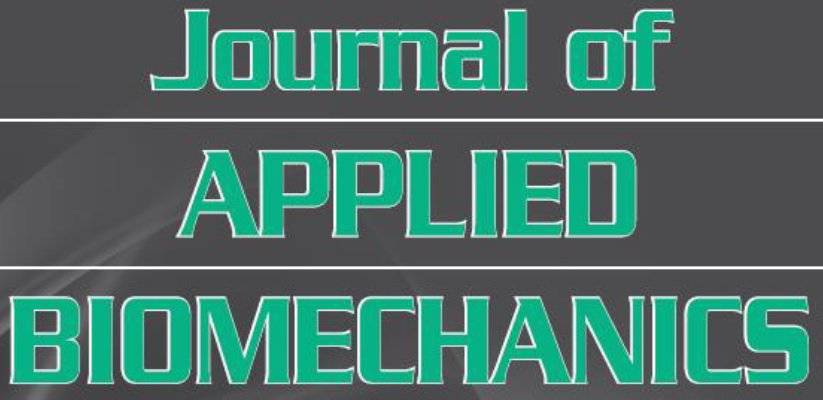Quadriceps Muscle Action and Association with Knee Joint Biomechanics in Individuals with ACL Reconstruction
Amanda E. Munsch, Alyssa Evans, Hope C. Davis-Wilson, Brian Pietrosimone, Jason R. Franz
 Abstract. Insufficient quadriceps force production and altered knee joint biomechanics after anterior cruciate ligament reconstruction (ACLR) may contribute to a heightened risk of osteoarthritis (OA). Quadriceps muscles lengthening dynamics affect force production and knee joint loading; however, no study to our knowledge has quantified in vivo quadriceps dynamics during walking in individuals with ACLR or examined correlations between quadriceps dynamics and joint biomechanics. Our purpose was to quantify bilateral vastus lateralis (VL) fascicle length change behavior and the association thereof with gait biomechanics during the weight acceptance phase of walking (i.e., between heel-strike and the instant of pKEM) in individuals with ACLR. We hypothesized that ACLR limbs would exhibit more fascicle lengthening than contralateral limbs. We also hypothesized that ACLR limbs would exhibit positive correlations between VL fascicle lengthening and knee joint biomechanics during weight acceptance in walking. We quantified bilateral VL contractile dynamics via cine B-mode ultrasound imaging in 18 individuals with ACLR who walked on an instrumented treadmill and compared outcomes between limbs. In partial support of our hypothesis, ACLR limb VL fascicles activated without length change on average during early stance while fascicle length on the contralateral limb decreased. We found a positive association between fascicle lengthening and increase in KEM in both limbs in individuals following ACLR. Together, our results suggest that examining quadriceps muscle dynamics may elucidate underlying mechanisms relevant to OA.
Abstract. Insufficient quadriceps force production and altered knee joint biomechanics after anterior cruciate ligament reconstruction (ACLR) may contribute to a heightened risk of osteoarthritis (OA). Quadriceps muscles lengthening dynamics affect force production and knee joint loading; however, no study to our knowledge has quantified in vivo quadriceps dynamics during walking in individuals with ACLR or examined correlations between quadriceps dynamics and joint biomechanics. Our purpose was to quantify bilateral vastus lateralis (VL) fascicle length change behavior and the association thereof with gait biomechanics during the weight acceptance phase of walking (i.e., between heel-strike and the instant of pKEM) in individuals with ACLR. We hypothesized that ACLR limbs would exhibit more fascicle lengthening than contralateral limbs. We also hypothesized that ACLR limbs would exhibit positive correlations between VL fascicle lengthening and knee joint biomechanics during weight acceptance in walking. We quantified bilateral VL contractile dynamics via cine B-mode ultrasound imaging in 18 individuals with ACLR who walked on an instrumented treadmill and compared outcomes between limbs. In partial support of our hypothesis, ACLR limb VL fascicles activated without length change on average during early stance while fascicle length on the contralateral limb decreased. We found a positive association between fascicle lengthening and increase in KEM in both limbs in individuals following ACLR. Together, our results suggest that examining quadriceps muscle dynamics may elucidate underlying mechanisms relevant to OA.
